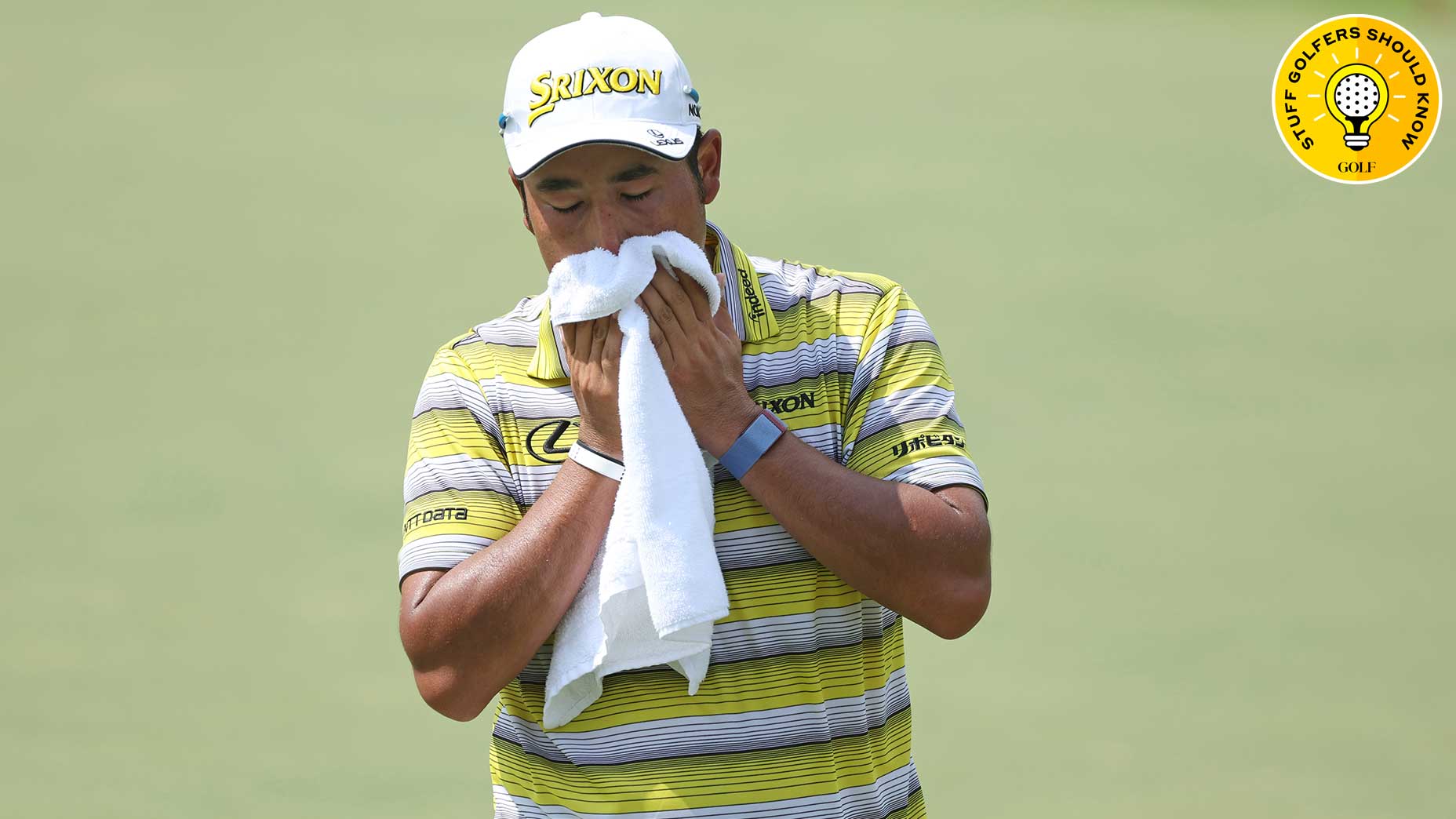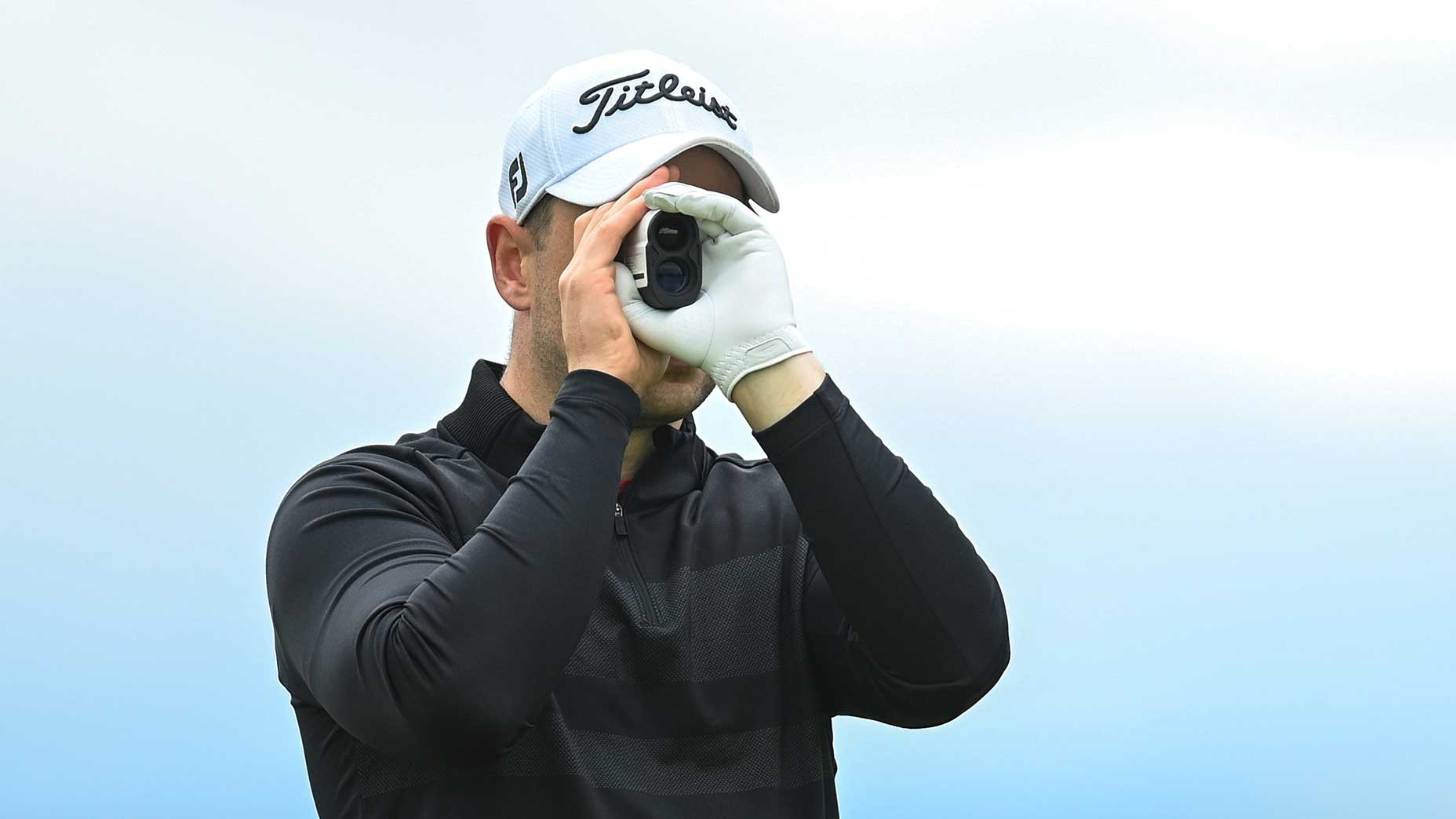It’s not the heat, it’s the humidity. Or so they say. For golfers, though, it’s actually both that influence the distance golf balls fly.
But how, and to what extent? Let’s start with heat.
Your experience probably tells you that you get more carry as the weather warms. Your experience isn’t wrong. As temperatures rise, shots do fly farther, and not just because it’s easier for your muscles to get limber. Your golf ball, too, limbers up, in a sense. Its materials grow more responsive, allowing the ball to spring off the club face at a greater speed. On top of that, hot air is less dense than cold air (remember when you learned in high-school chemistry class about heat causing molecules to accelerate and spread out? Well, it’s true), meaning that your shots encounter less resistance as they arc majestically through the sky.
So, that’s the good news. The bad news is, hot air won’t turn you into Bryson DeChambeau, as the affects of temperature are relatively modest. While the formula isn’t perfect, tests conducted on Trackman have shown that golfers who hit their drives around 250 yards gain about 2 yards for every 10-degree temperature rise, and lose about the same for every 10-degree temperature drop. To get Bryson-long, you might need to move to Venus.
What about humidity?
You may have heard it said that humid air is heavy air: a distance-killer. You may have even heard this said by commentators on tournament broadcasts. It’s a common misperception. The opposite is true. Humid air is, in fact, lighter (at the risk of going all Oppenheimer on you, that’s because the hydrogen in an H20 molecule is lighter than the other gases — oxygen and nitrogen — that mainly make up air), allowing shots to travel farther. Here, again, though, the gains are relatively small — so modest as to be almost imperceptible to the everyday golfer.
One caveat: all of this applies as long as those water molecules in the air remain in gaseous form. Once they turn to liquid — that is, once that humidity turns to rain — they damper distance. Shots don’t fly as far when the skies open. The harder the rain, the more distance you can expect to lose.
But if it’s merely hot and humid, well, that’s no excuse for any shots that you leave short.










